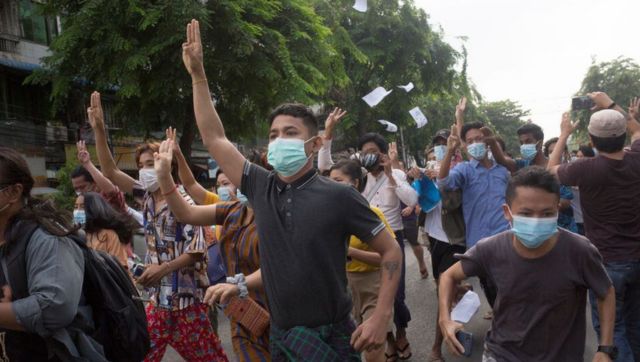The war in Myanmar has been massively jeopardising the country’s economy. Now, the World Bank has flagged concerns, saying the nation has been facing economic stagnation as increasing armed conflict continue to disrupt trade and fan inflation. Imports of the country are also getting hugely affected due to a dollar shortage, the lender said. “The economic situation has deteriorated, and uncertainty about the future is increasing,” Mariam Sherman, World Bank country director for Myanmar, Cambodia, and Laos, said in a statement. Myanmar GDP forecast In its report on Tuesday, the World Bank said it forecasts Myanmar’s gross domestic product (GDP) growth to weaken to 1 per cent in the current fiscal year ending in March from 4 per cent. Inflation will remain elevated at 20.1 per cent and financing the current account deficit appears to remain challenging, the lender added. The economic situation of Myanmar will not improve even if the conflict does not escalate further, the World Bank said, adding that the growth is expected to remain subdued through 2025 as slowdown would continue to remain in agriculture, manufacturing, and trade. Myanmar has been witnessing armed conflict between ethnic groups and the military, which has run the country since a coup in 2021. There has been an escalation since October and half a million people have been displaced. The World Bank also highlighted that the operations at several border crossings with Thailand and India, which are key trade partners of Myanmar, have been disrupted. Kyat continues to depreciate The World Bank report pointed out that kyat (Myanmar’s currency) depreciated about 14 per cent against the dollar in the beginning of December from its level in May. Even though the government has relaxed its rules on foreign exchange this month, the full implication remains unclear with a lack of clarity around how these measures will be implemented in practice, the lender said.
World Bank forecasts Myanmar’s gross domestic product (GDP) growth to weaken to 1 per cent in the current fiscal year ending in March from 4 per cent
Advertisement
End of Article


)

)
)
)
)
)
)
)
)



